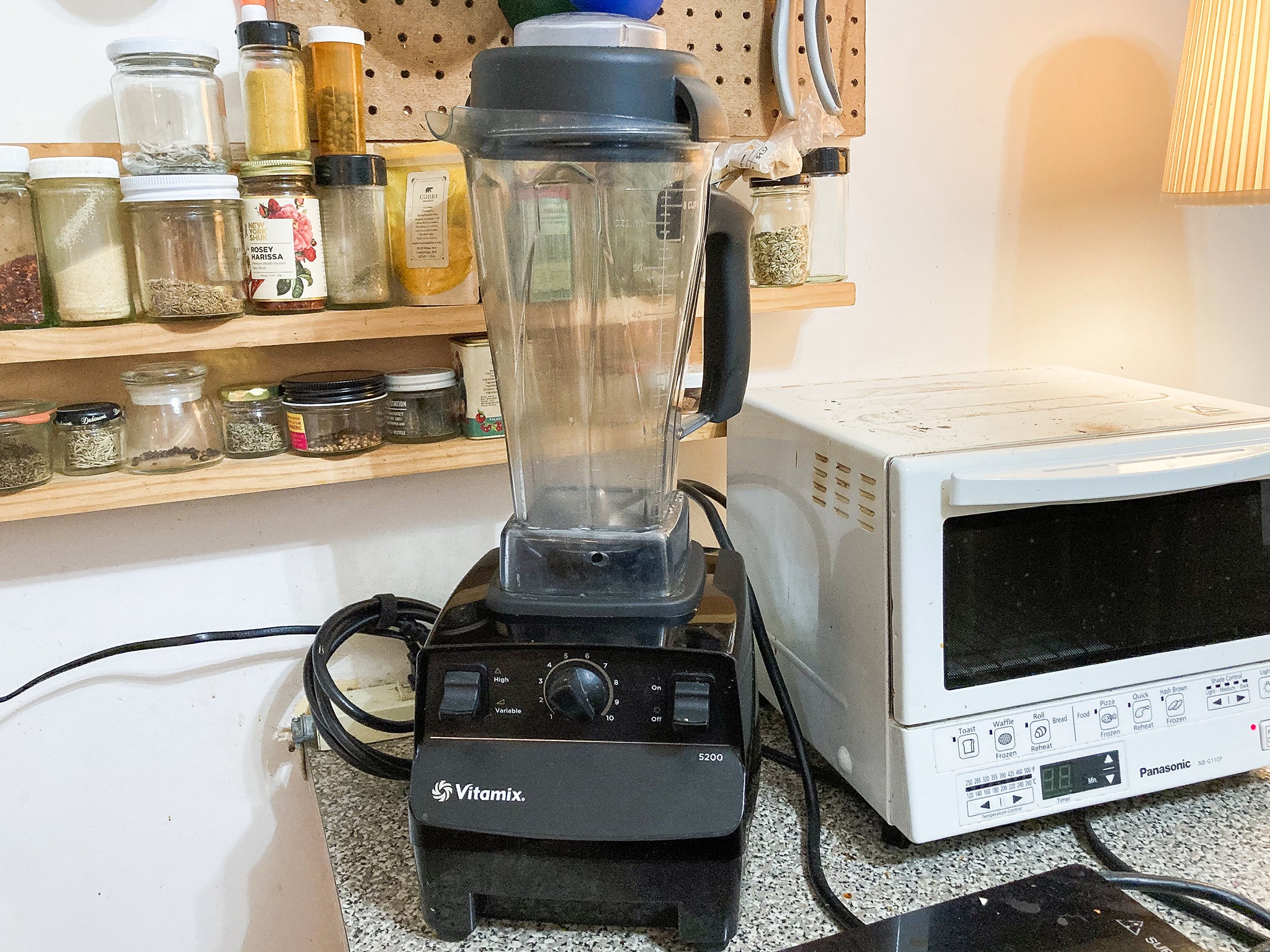
Introduction: Embracing the Versatility and Simplicity of a Blender
Blenders have become a staple appliance in many kitchens due to their versatility and ability to simplify various culinary tasks. Whether you are a culinary enthusiast or a beginner, understanding the ease of use of a blender is essential for maximizing its potential. In this comprehensive guide, we will delve into the practicality and user-friendly features of blenders, exploring their functionality, operation, and tips to make the most of this indispensable kitchen tool.
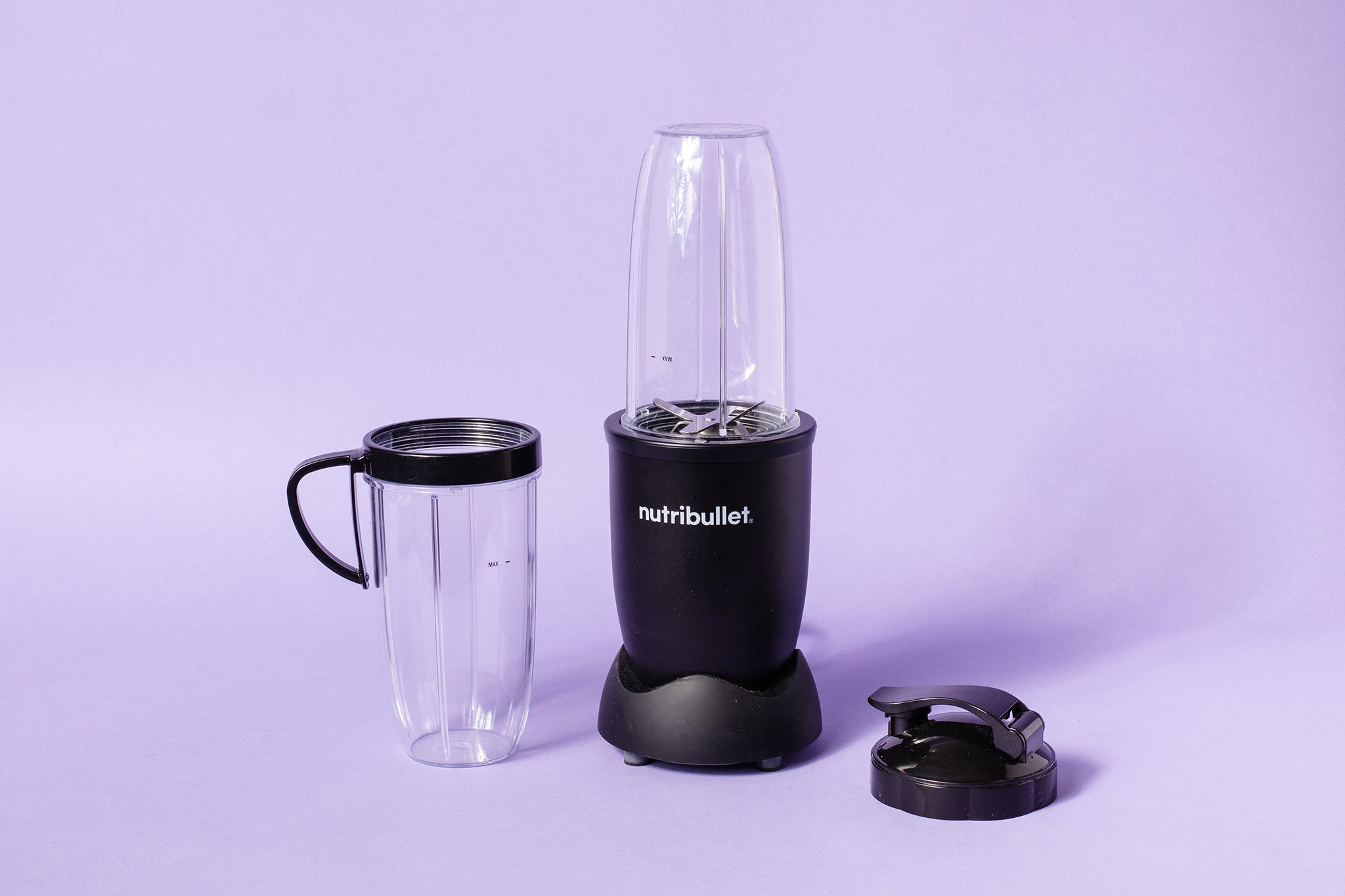
Exploring the Ease of Use of a Blender: A User-Friendly Guide
-
Intuitive Design and Controls
One of the reasons why blenders are easy to use lies in their intuitive design and user-friendly controls:
a. Simple panel layout: Blenders often feature a straightforward control panel with clearly labeled buttons or knobs. Common functions such as power, speed settings, and pulse mode are typically identifiable at a glance.
b. Ergonomic and accessible controls: Blender controls are positioned within reach and designed to be easily operated with one hand. Buttons or knobs are commonly located on the front of the blender base, ensuring seamless interaction while blending ingredients.
c. Clear indicator lights: Many blenders incorporate indicator lights that illuminate to indicate when the blender is powered on or when a specific function is activated. This visual feedback enhances usability and provides clarity during operation.

-
Versatile Performance for Various Tasks
Blenders offer versatility and can perform an array of tasks with ease, catering to different needs and preferences:
a. Smoothie and beverage preparation: Blenders excel at effortlessly blending fruits, vegetables, and liquids to create smoothies, milkshakes, and other refreshing beverages. Simply combine ingredients, select the appropriate speed setting, and let the blender do the work.
b. Food processing and chopping: In addition to beverages, blenders can efficiently process solid foods. They can chop ingredients, puree sauces and soups, emulsify dressings, and create smooth nut butters or spreads. This versatility streamlines meal preparation.
c. Ice crushing: Many blenders are equipped with powerful motor capabilities and sturdy blades that make crushing ice a breeze. Whether for chilling beverages or crafting frozen desserts, making crushed ice with a blender is simple and efficient.
d. Grinding and milling: Blenders can also grind coffee beans, pulverize whole spices, and mill grains or seeds into flour-like consistencies. This expanded functionality allows you to explore new recipes and experiment with a variety of ingredients.
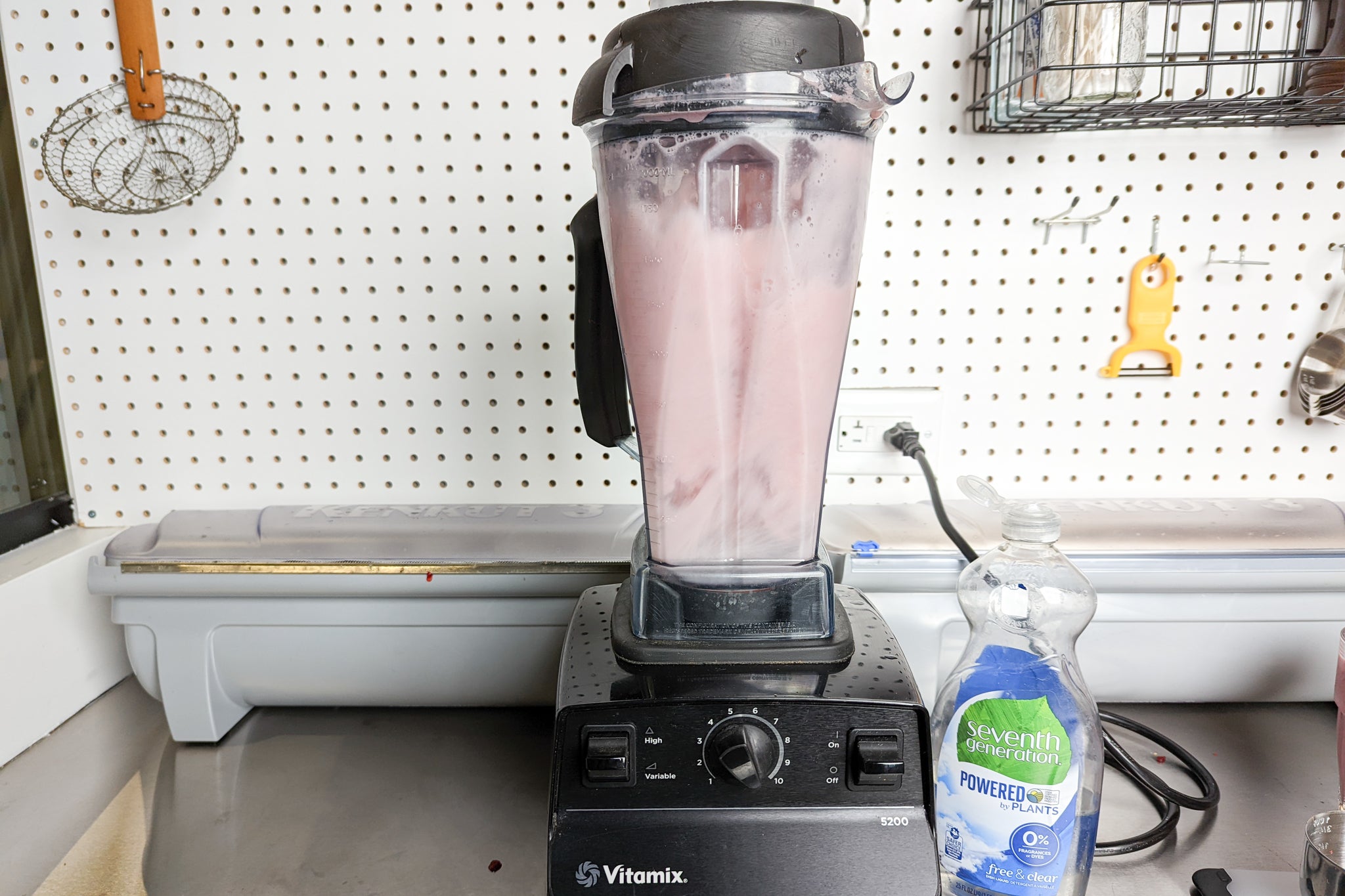
-
Ease of Assembly and Cleanup
Maintaining cleanliness and hygiene is essential when working with a blender. Fortunately, blenders typically offer convenience when it comes to assembly and cleanup:
a. Easy assembly: Most blenders consist of a few components that are simple to assemble. Typically, the blender pitcher or jar is designed to fit securely onto the base, ensuring a stable connection. A clear locking mechanism or guided alignment features further aids in the assembly process.
b. Detachable and dishwasher-safe parts: To facilitate cleaning, blenders often have removable components, such as the blender pitcher, lid, and blades. These detachable parts are frequently dishwasher-safe, allowing for effortless cleanup without the need for extensive handwashing.
c. Jug cleaning efficiency: Many blender pitchers have smooth, non-porous surfaces that prevent food particles from adhering. This feature simplifies cleaning and eliminates the need for excessive scrubbing. Additionally, pitcher designs often allow for easy access to the entire interior for thorough cleaning.
-
Speed and Power Control
Blenders typically offer speed and power controls that ensure precise blending and accommodate various ingredients and recipes:
a. Variable speed settings: Blenders frequently feature multiple speed settings, allowing for precise control over the blending process. Slower speeds are ideal for gently processing delicate ingredients, while higher speeds are suitable for breaking down tough or dense substances.
b. Pulse function: The pulse function is a convenient feature found on many blenders. It enables short bursts of high-speed blending, providing greater control over texture and preventing overprocessing. This feature proves useful when incorporating chunky ingredients or when desiring a coarser result.
c. Motor power options: Blenders come in a range of motor power options, typically measured in watts or horsepower. Higher-powered motors offer more efficient and effective blending performance, ensuring smoother results even with challenging ingredients.
-
Safety Features for Peace of Mind
Blenders are designed with safety in mind, incorporating various features to protect both users and the appliance:
a. Secure base and stable construction: Blenders are constructed with stability in mind, featuring a secure base that prevents unintended movement or tipping during operation. The sturdy construction ensures safety and minimizes the risk of accidents during blending.
b. Safety interlock system: Many blenders have a safety interlock system that ensures the blender functions only when the pitcher is securely attached to the base. This feature prevents the blender from starting if the pitcher is not properly in place, minimizing potential hazards.
c. Overload protection: Some blenders are equipped with overload protection mechanisms that automatically shut off the motor if it becomes overheated or overloaded with ingredients. This safeguard prevents motor burnout and prolongs the lifespan of the blender.
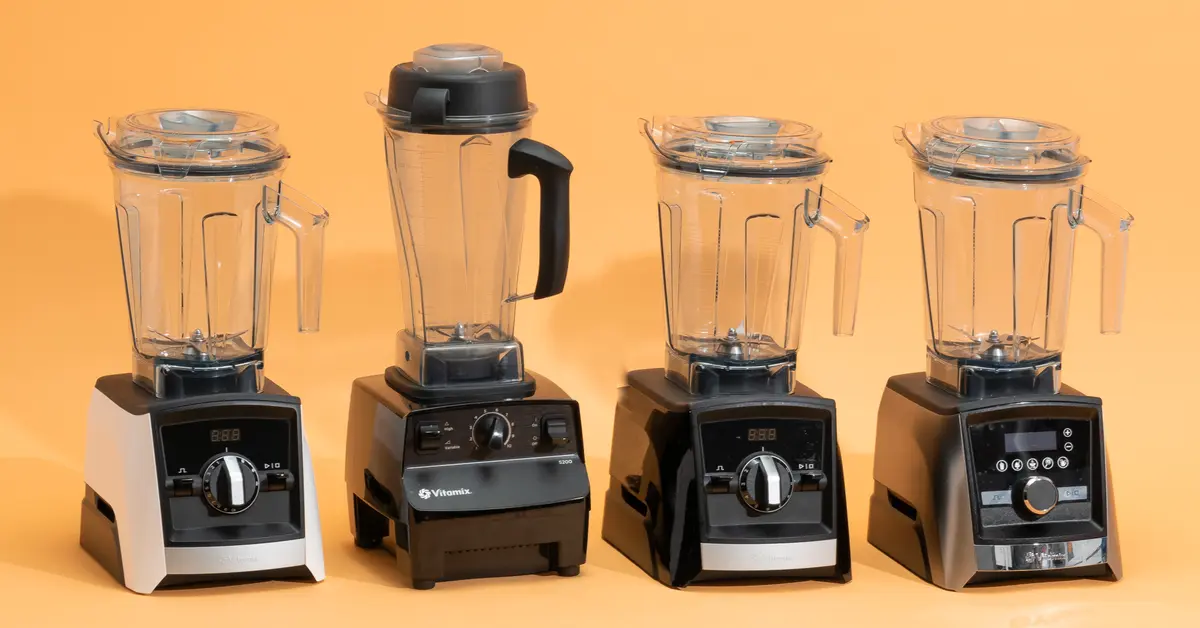
-
Tips for Maximizing Blender Use
To fully leverage the ease of use and functionality of a blender, consider the following tips:
a. Start with soft ingredients: When blending, begin with softer or more liquid ingredients at the bottom of the blender pitcher, gradually adding harder or denser ingredients. This ensures smoother blending and prevents strain on the blender’s motor.
b. Use the pulse function for control: Instead of solely relying on high-speed blending, utilize the pulse function to achieve desired textures. This intermittent blending technique allows you to control the level of processing without overdoing it.
c. Avoid overfilling the pitcher: To prevent messy spills and ensure optimal blending, refrain from overfilling the blender pitcher. Follow the manufacturer’s guidelines regarding maximum filling capacity to maintain optimal blending performance.
d. Cut ingredients into smaller pieces if needed: If you are blending challenging ingredients or tough foods, consider cutting them into smaller, more manageable pieces. This eases the strain on the blender’s motor and facilitates smoother blending results.
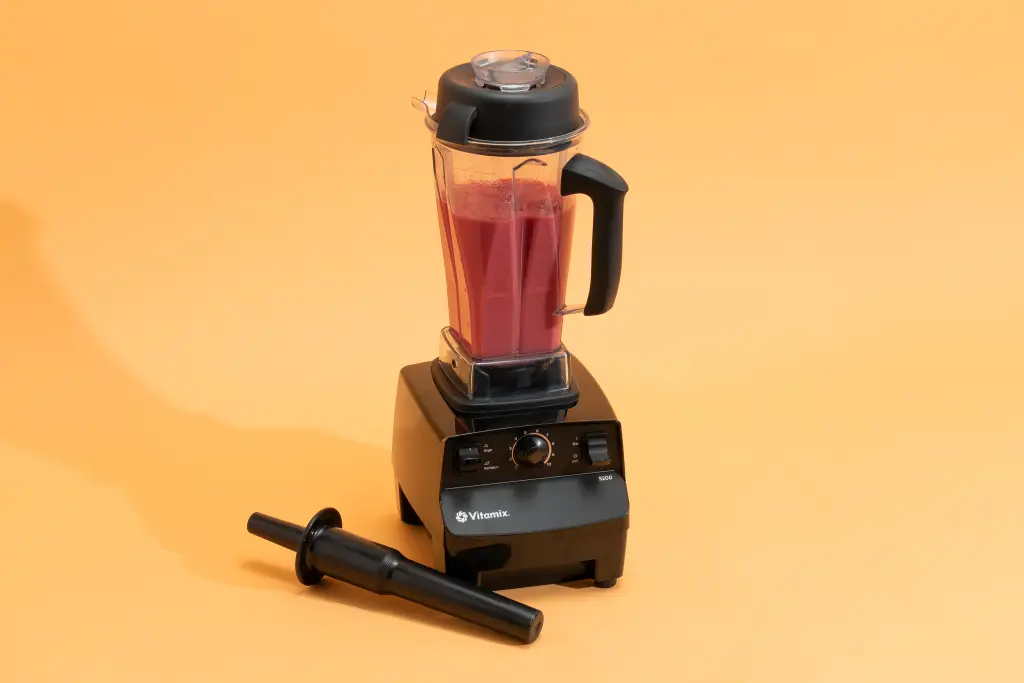
Conclusion: Embrace the Blender’s Simplicity and Versatility
Blenders are renowned for their user-friendly design, versatile functionality, and ease of use in the kitchen. Their intuitive controls, versatility in performing various culinary tasks, and straightforward assembly and cleanup processes make them accessible to users of all levels of culinary expertise. With variable speed settings, pulse functions, and safety features, blenders offer precise control, efficient blending, and peace of mind during operation. By following best practices, such as starting with soft ingredients, utilizing the pulse function, and avoiding overfilling, you can maximize the ease and effectiveness of your blender. Embrace the simplicity and versatility of a blender as it simplifies your culinary adventures and enhances your cooking experience.